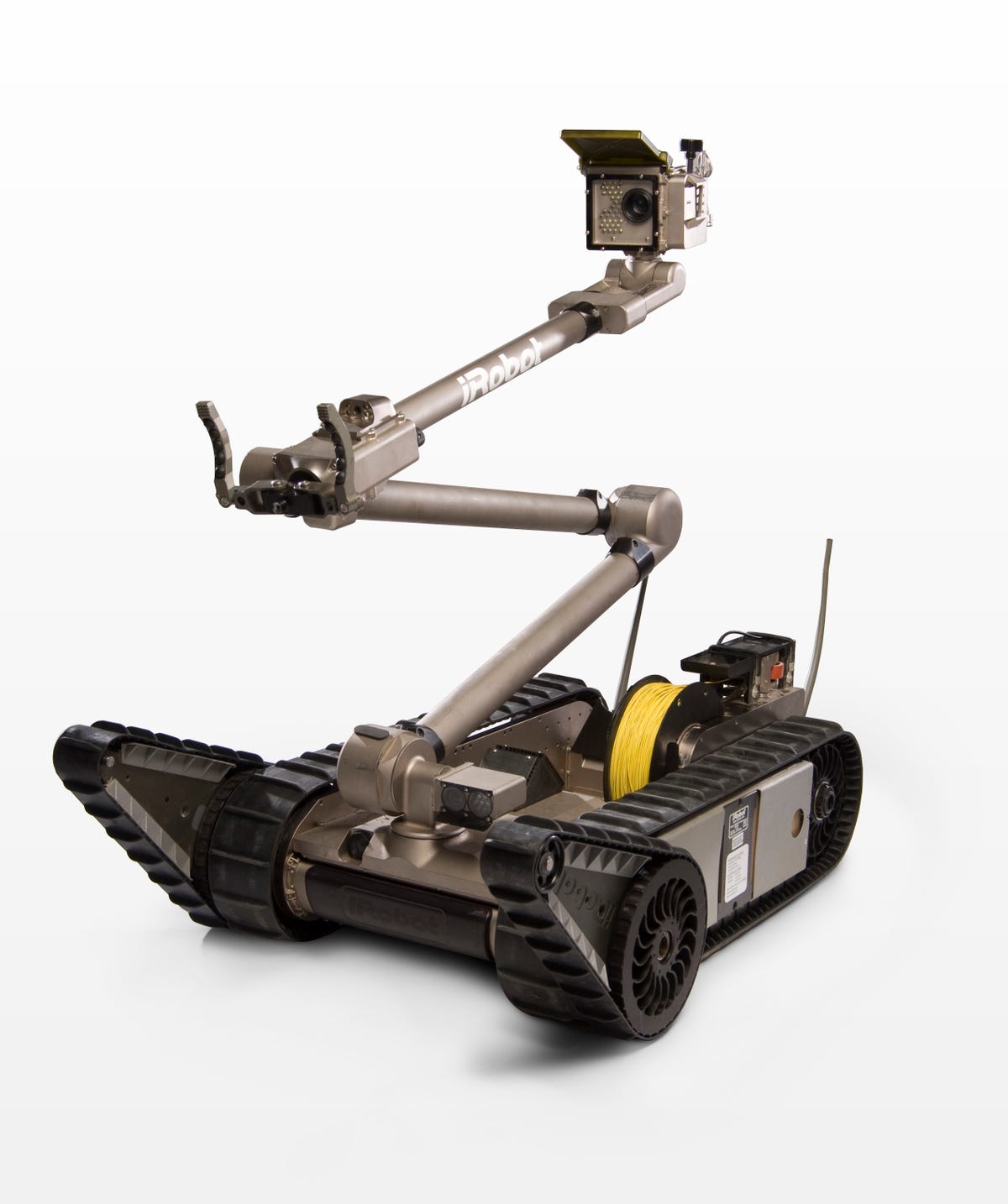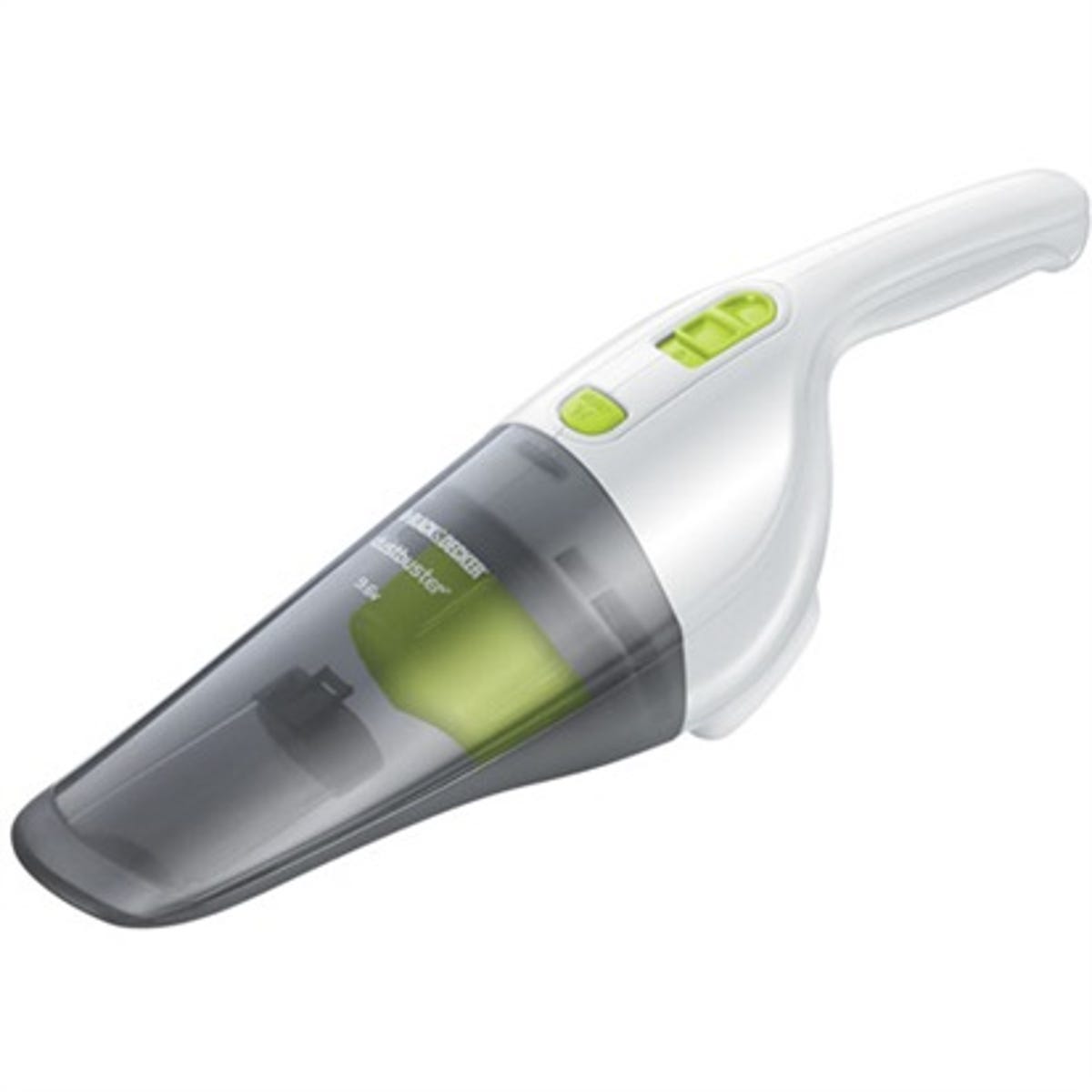Badass military and NASA tech inside your vacuum
There's more than lint inside your vacuum cleaner -- there's also some amazing tech.

From bombs to dust bunnies
The US military often uses bomb disposal robots for mine field operations. iRobot, which makes the Roomba, makes its own military bomb-sniffers, like this PackBot.
Military precision
And iRobot says some of that technology has made its way into its Roomba. The same algorithm used to sweep a minefield is inside the Roomba, ensuring that a home space gets swept just as thoroughly as that minefield.
In the wind
Vacuum company Kirby has worked with NASA to make some of its models more powerful. For example, it teamed with what is now the Glenn Research Center in Ohio to test air flow through a simulated wind tunnel.
New blades
The result: a new blade design that ended up in Kirby’s G5 model.
NASA contribution
The new blade was more than 300 percent stronger than its predecessors, and it needed to be; vacuum cleaner blades can run as high as 18,000 spins per minute, compared with just 7,000 to 8,000 in a jet engine like this one.
Vacs from space
Some hand-held vacs trace their origins not to some NASA vacuum cleaner, but to a battery-powered lunar drill developed by the company for the Apollo program.
Serious specs
The drill of course had to be strong enough to cut through the lunar surface layer. But it also had to be lightweight, compact and able to use a battery power, not the power from the lunar module.
In developing the space drill (seen here being tested at the Kennedy Space Center circa 1970), Black & Decker used a specially-developed computer program to insure minimal power consumption. And that computer program allowed the company to develop other handy tools…

Bust that dust!
…like the Dustbuster.
Sniffing out space dust
Austrian scientist Heinrich Iglseder is a friend to allergy sufferers across the universe. He invented a sensor that determines the chemical composition, speed and direction of space dust. The technology has since migrated into Miele vacuum cleaners.